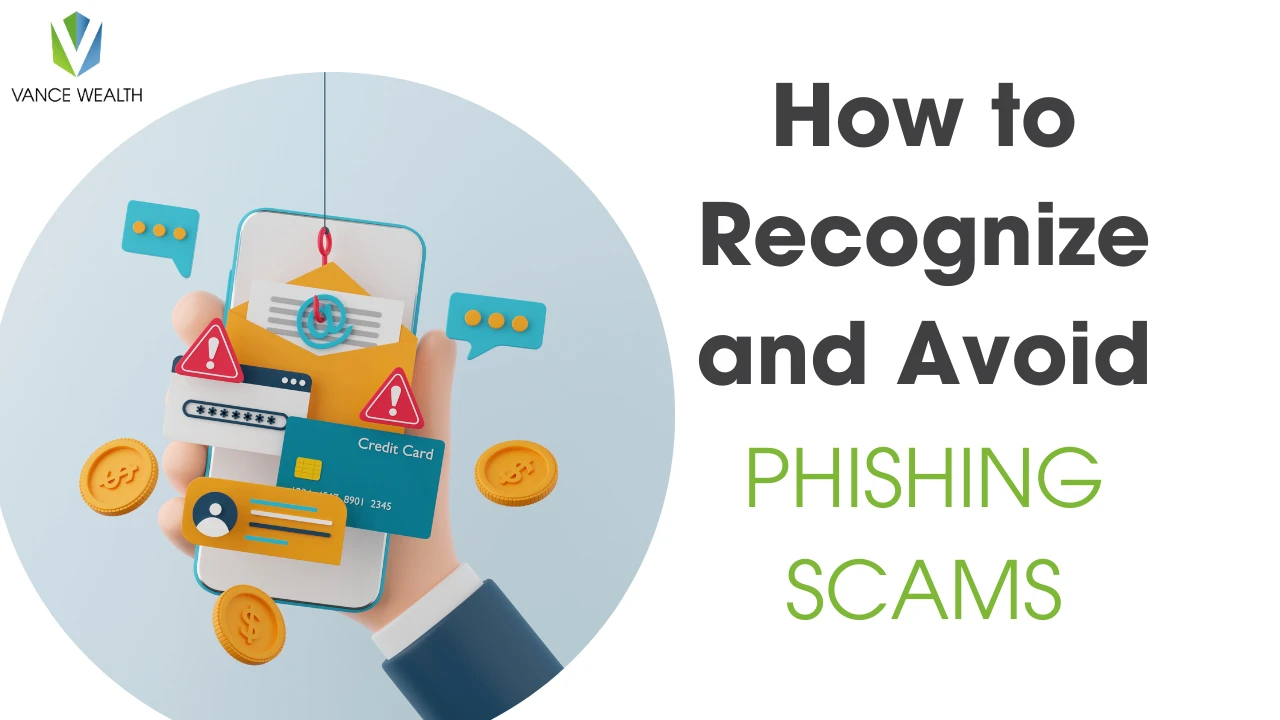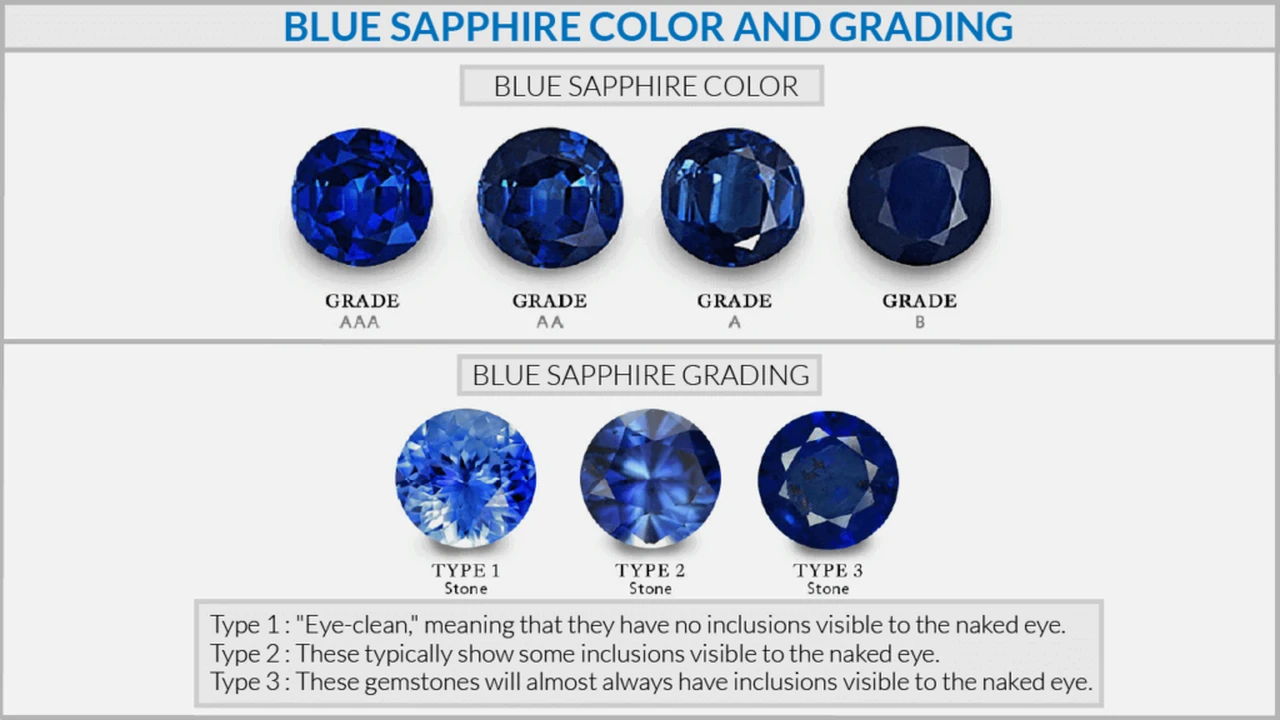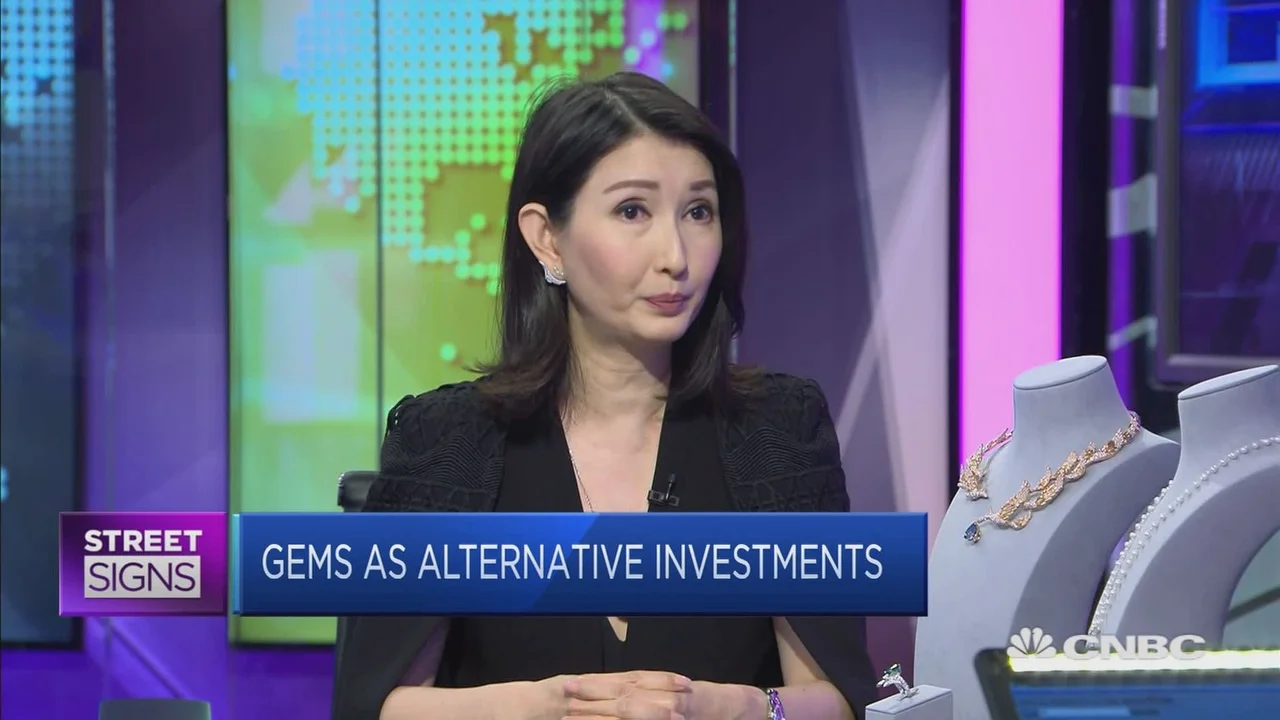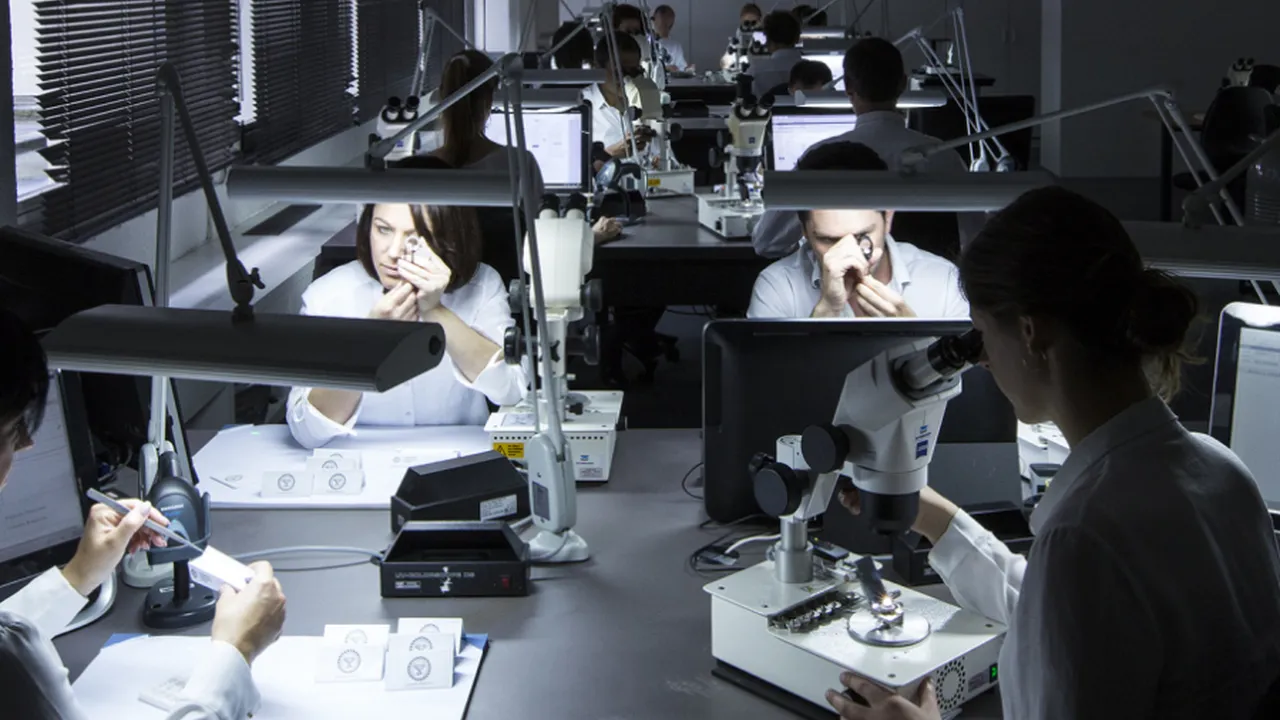How to Authenticate an Emerald and Avoid Scams
Learn essential techniques for authenticating emeralds and protecting yourself from scams. Identify common fraudulent practices and expert tips.

Understanding Emerald Authenticity The First Steps
So, you're looking at an emerald, maybe online, maybe at a local jeweler. How do you know it's the real deal? First things first, trust your gut. If something feels off, it probably is. But gut feelings aren't enough, are they? Let's dive into some practical ways to spot a genuine emerald.
Emerald Color and Clarity Key Indicators
Color is king (or queen!) when it comes to emeralds. The most desirable emeralds have a vivid, slightly bluish-green hue. Too light, and it might be a less valuable beryl. Too dark, and it loses its brilliance. Now, about clarity. Emeralds are notorious for their inclusions – those tiny imperfections inside the stone. These are often called 'jardin,' French for garden, because they can look like little plant roots. Don't freak out about inclusions; they're part of what makes an emerald an emerald. However, too many inclusions can affect the stone's durability and value. A good rule of thumb: the fewer inclusions that are visible to the naked eye, the better. But a completely flawless emerald is rare and likely very expensive (or possibly synthetic!).
Emerald Cut and Carat Weight Impact on Value
The cut of an emerald significantly impacts its brilliance and overall appearance. Emeralds are often cut in a step-cut or 'emerald cut' which is a rectangular shape with trimmed corners. This cut is designed to maximize the stone's color and minimize the risk of chipping. Other cuts, like round or oval, are also used, but the emerald cut is the classic choice. Carat weight, of course, refers to the size of the emerald. Larger emeralds are generally more valuable, but size isn't everything. A smaller, high-quality emerald can be worth more than a larger, lower-quality one. Don't get hung up on size alone; focus on the overall quality of the stone.
Spotting Common Emerald Scams and Synthetics
Alright, let's talk about the shady stuff. One common scam is selling glass or other materials as emeralds. A simple scratch test (performed by a professional, of course!) can help identify glass. Another trick is to sell treated emeralds without disclosing the treatment. Many emeralds are treated with oils to enhance their color and clarity. This is a common practice, but it should be disclosed. Untreated emeralds are generally more valuable. Synthetic emeralds are also out there. These are lab-created emeralds that have the same chemical composition as natural emeralds. They can be beautiful, but they're not as valuable as natural stones. Look for a certificate from a reputable gemological lab to verify the authenticity of your emerald.
Essential Tools for Emerald Authentication Magnification and Lighting
A jeweler's loupe is your best friend when examining emeralds. A 10x magnification will allow you to see inclusions and other details that are not visible to the naked eye. Proper lighting is also crucial. Use a bright, white light to examine the emerald's color and clarity. Avoid fluorescent lighting, which can distort the color. Examine the stone from different angles to get a complete picture of its characteristics.
Trusted Gemological Labs GIA, AGS, and More
When in doubt, get a professional opinion. Reputable gemological labs like the Gemological Institute of America (GIA) and the American Gem Society (AGS) can provide detailed reports on the authenticity and quality of your emerald. These reports will include information on the stone's color, clarity, cut, carat weight, and any treatments that have been applied. A certificate from a reputable lab is a valuable asset when buying or selling emeralds.
Emerald Investment Recommendations Specific Products and Price Points
Okay, let's talk about specific emeralds you might consider for investment. Remember, prices fluctuate, so these are just examples. Always do your own research!
- The Colombian Emerald Ring (Estimated Price: $5,000 - $15,000+): Look for a ring featuring a 2-3 carat Colombian emerald with excellent color and clarity. Set in platinum or white gold, this piece makes a stunning statement and holds investment potential. Ideal for special occasions and adding a touch of elegance to any outfit. A similar sapphire ring of comparable size and quality might cost slightly less, but Colombian emeralds hold a unique allure.
- The Emerald Pendant Necklace (Estimated Price: $2,000 - $8,000): A delicate pendant necklace with a smaller, but high-quality, emerald can be a great entry-level investment. A 1-carat emerald with good color and clarity set in 18k gold is a classic choice. Perfect for everyday wear or layering with other necklaces. A ruby pendant of similar size and quality might be more vibrant, but an emerald offers a sophisticated and understated elegance.
- The Emerald Stud Earrings (Estimated Price: $1,000 - $4,000): Simple and elegant, emerald stud earrings are a versatile addition to any jewelry collection. Look for a pair with matching emeralds of good color and clarity. Suitable for both casual and formal occasions. Diamond stud earrings are a popular alternative, but emeralds offer a unique pop of color.
Emerald Jewelry Care and Maintenance Protecting Your Investment
You've got your emerald; now what? Treat it with care! Emeralds are relatively soft compared to diamonds or sapphires, so avoid wearing them during activities that could scratch or damage them. Clean your emerald jewelry with warm water, mild soap, and a soft brush. Avoid harsh chemicals or ultrasonic cleaners, which can damage the oil treatments. Store your emerald jewelry in a soft pouch or box to protect it from scratches. Regular professional cleaning and inspection can also help maintain the beauty and value of your emeralds.
:max_bytes(150000):strip_icc()/277019-baked-pork-chops-with-cream-of-mushroom-soup-DDMFS-beauty-4x3-BG-7505-5762b731cf30447d9cbbbbbf387beafa.jpg)






